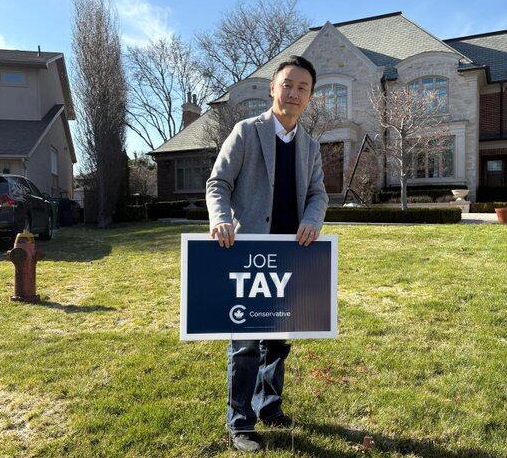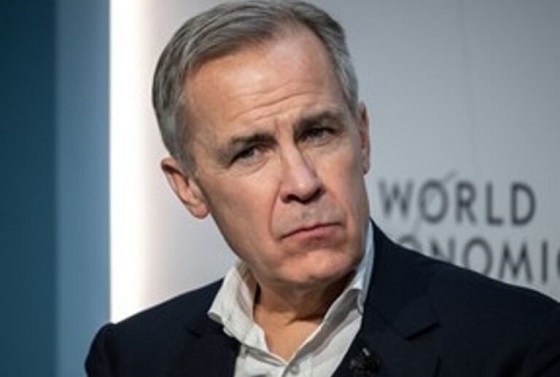Alberta
Alberta cracking down on mask exemptions – Note required
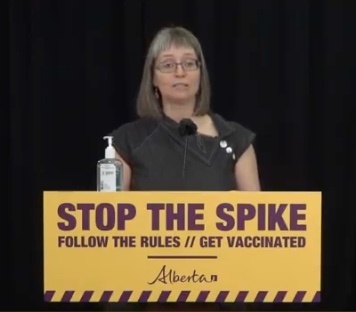
Masking exceptions for health conditions
- Starting May 13, the rules around exemptions from wearing a mask due to a medical condition are changing. Individuals will now be required to obtain a medical exception letter verifying their health condition from an authorized health-care provider.
- The medical exception letter must come from a nurse practitioner, physician or psychologist. It may be presented when in a public setting, if requested by enforcement officials or retrospectively in court if a ticket is issued.
- This is modelled after the approaches currently used in Saskatchewan and other provinces.
Update 221: COVID-19 pandemic in Alberta (May 13, 4:15 p.m.)
Cases remain high in all parts of Alberta. Continue following the restrictions in place to stop the spread of COVID-19 and protect the health-care system.
Latest updates
- Over the last 24 hours, 1,558 new cases were identified.
- There are 722 people in hospital due to COVID-19, including 177 in intensive care.
- There are 24,586 active cases in the province.
- To date, 188,475 Albertans have recovered from COVID-19.
- In the last 24 hours, there were nine additional COVID-related deaths reported: one on April 28, one on May 8, two on May 10, one on May 11, three on May 12, and one on May 13.
- The testing positivity rate was 10.6 per cent.
- There were 15,266 tests (4,375,995 total) completed in the last 24 hours and a total of 2,103,334 people tested overall.
- All zones across the province have cases:
- Calgary Zone: 11,584 active cases and 75,055 recovered
- South Zone: 1,255 active cases and 10,227 recovered
- Edmonton Zone: 5,470 active cases and 67,097 recovered
- North Zone: 3,618 active cases and 20,117 recovered
- Central Zone: 2,647 active cases and 15,961 recovered
- 12 active cases and 18 recovered cases in zones to be confirmed
- Additional information, including case totals, is online.
- Alberta has identified 276 additional cases of variants of concern, bringing the provincial total to 39,989.
- Currently, 907 schools, about 38 per cent, are on alert or have outbreaks, with 6,736 cases in total.
- 439 schools are on alert, with 1,067 total cases.
- Outbreaks are declared in 468 schools, with a total of 5,669 cases.
- In-school transmission has likely occurred in 818 schools. Of these, 273 have had only one new case occur as a result.
- There are currently 115 active and 9,487 recovered cases at long-term care facilities and supportive/home living sites.
- To date, 1,251 of the 2,121 reported deaths (59 per cent) have been in long-term care facilities or supportive/home living sites.
COVID-19 vaccination program
- As of May 12, 2,019,714 doses of COVID-19 vaccine have been administered in Alberta, with 38 per cent of the population having received at least one dose. There are now 322,247 Albertans fully vaccinated with two doses.
- All Albertans age 12 and older are eligible to book appointments through AHS or a participating pharmacy provincewide.
- Legislation now allows Albertans up to three hours of paid, job-protected leave to get a COVID-19 vaccine.
New vaccination campaign launches
- Back to Normal is a new phase of Alberta’s vaccination campaign, intended to emphasize the crucial importance of Albertans getting vaccinated so life can return to normal.
- This advertisement is the first element of the campaign. Additional advertising showing other aspects of daily life will be released soon.
Masking exceptions for health conditions
- Starting May 13, the rules around exemptions from wearing a mask due to a medical condition are changing. Individuals will now be required to obtain a medical exception letter verifying their health condition from an authorized health-care provider.
- The medical exception letter must come from a nurse practitioner, physician or psychologist. It may be presented when in a public setting, if requested by enforcement officials or retrospectively in court if a ticket is issued.
- This is modelled after the approaches currently used in Saskatchewan and other provinces.
Restrictions in place for high case regions
- Restrictions are in place. Outdoor gatherings are limited to five people, most schools have moved to online learning, retail capacity is reduced and in-person dining and services are not allowed at restaurants, bars and cafés.
- Municipalities that have fewer than 50 cases per 100,000 people and/or fewer than 30 active cases are able to return to Step 0 level restrictions.
Enforcement of public health measures
- Fines for non-compliance with public health measures have doubled to $2,000.
- Unpaid fines are backstopped with stronger fine collection actions and restrictions on registry services. For example, a person may have to pay their outstanding fine before they can renew their driver’s licence.
- Repeat offenders will be targeted with a new multi-agency enforcement framework.
- Tickets can be given at the time of an incident or post-infraction – someone who isn’t charged immediately may receive a ticket after authorities do further investigation.
Rapid testing
- The province has launched a new rapid testing partnership with Alberta Chambers of Commerce.
- Businesses and service providers are no longer required to have a health-care provider oversee their rapid testing program.
- Rapid tests are available for employers.
Continuing care
- Restrictions for visitors to continuing care facilities have been eased.
- These changes will vary by site based on the design of the building, wishes of residents and other factors.
- Each site must develop their own visiting approach that falls within the guidelines set out and reflects the risk tolerance of the residents who live at that site.
COVID Care Teams outreach
- If you or others in your home have been directed to self-isolate/quarantine by Alberta Health Services and are unable to do so safely at home, please contact 211 to discuss options, including accessing an assigned hotel to safely isolate (free of charge). Financial assistance may also be available in the amount of $625, upon completion of the self-isolation period.
Albertans downloading tracer app
- All Albertans are encouraged to download the secure ABTraceTogether app, which is integrated with provincial contact tracing. The federal app is not a contact tracing app.
- Secure contact tracing is an effective tool to stop the spread by notifying people who were exposed to a confirmed case so they can isolate and be tested.
- As of May 13, 314,511 Albertans were using the ABTraceTogether app, 69 per cent on iOS and 31 per cent on Android.
- Secure contact tracing is a cornerstone of Alberta’s Relaunch Strategy.
MyHealth Records quick access
- Parents and guardians can access the COVID-19 test results for children under the age of 18 through MyHealth Records (MHR) as soon as they are ready.
- More than 600,000 Albertans have MHR accounts.
Addiction and mental health supports
- Confidential supports are available. The Mental Health Help Line at 1-877-303-2642 and the Addiction Help Line at 1-866-332-2322 operate 24 hours a day, seven days a week. Resources are also available online.
- The Kids Help Phone is available 24-7 and offers professional counselling, information and referrals and volunteer-led, text-based support to young people by texting CONNECT to 686868.
- Online resources provide advice on handling stressful situations and ways to talk with children.
Family violence prevention
- A 24-hour Family Violence Information Line at 310-1818 provides anonymous help in more than 170 languages.
- Alberta’s One Line for Sexual Violence is available at 1-866-403-8000, from 9 a.m. to 9 p.m.
- People fleeing family violence can call local police or the nearest RCMP detachment to apply for an Emergency Protection Order, or follow the steps in the Emergency Protection Orders Telephone Applications (COVID-19).
- Information sheets and other resources on family violence prevention are at alberta.ca/COVID19.
Alberta’s government is responding to the COVID-19 pandemic by protecting lives and livelihoods with precise measures to bend the curve, sustain small businesses and protect Alberta’s health-care system.
Quick facts
- Legally, all Albertans must physically distance and isolate when sick or with symptoms.
- Good hygiene is your best protection: wash your hands regularly for at least 20 seconds, avoid touching your face, cough or sneeze into an elbow or sleeve, and dispose of tissues appropriately.
- Please share acts of kindness during this difficult time at #AlbertaCares.
- Alberta Connects Contact Centre (310-4455) is open Monday to Friday, 8:15 a.m. to 4:30 p.m.
Alberta
Low oil prices could have big consequences for Alberta’s finances

From the Fraser Institute
By Tegan Hill
Amid the tariff war, the price of West Texas Intermediate oil—a common benchmark—recently dropped below US$60 per barrel. Given every $1 drop in oil prices is an estimated $750 million hit to provincial revenues, if oil prices remain low for long, there could be big implications for Alberta’s budget.
The Smith government already projects a $5.2 billion budget deficit in 2025/26 with continued deficits over the following two years. This year’s deficit is based on oil prices averaging US$68.00 per barrel. While the budget does include a $4 billion “contingency” for unforeseen events, given the economic and fiscal impact of Trump’s tariffs, it could quickly be eaten up.
Budget deficits come with costs for Albertans, who will already pay a projected $600 each in provincial government debt interest in 2025/26. That’s money that could have gone towards health care and education, or even tax relief.
Unfortunately, this is all part of the resource revenue rollercoaster that’s are all too familiar to Albertans.
Resource revenue (including oil and gas royalties) is inherently volatile. In the last 10 years alone, it has been as high as $25.2 billion in 2022/23 and as low as $2.8 billion in 2015/16. The provincial government typically enjoys budget surpluses—and increases government spending—when oil prices and resource revenue is relatively high, but is thrown into deficits when resource revenues inevitably fall.
Fortunately, the Smith government can mitigate this volatility.
The key is limiting the level of resource revenue included in the budget to a set stable amount. Any resource revenue above that stable amount is automatically saved in a rainy-day fund to be withdrawn to maintain that stable amount in the budget during years of relatively low resource revenue. The logic is simple: save during the good times so you can weather the storm during bad times.
Indeed, if the Smith government had created a rainy-day account in 2023, for example, it could have already built up a sizeable fund to help stabilize the budget when resource revenue declines. While the Smith government has deposited some money in the Heritage Fund in recent years, it has not created a dedicated rainy-day account or introduced a similar mechanism to help stabilize provincial finances.
Limiting the amount of resource revenue in the budget, particularly during times of relatively high resource revenue, also tempers demand for higher spending, which is only fiscally sustainable with permanently high resource revenues. In other words, if the government creates a rainy-day account, spending would become more closely align with stable ongoing levels of revenue.
And it’s not too late. To end the boom-bust cycle and finally help stabilize provincial finances, the Smith government should create a rainy-day account.
Alberta
Governments in Alberta should spur homebuilding amid population explosion
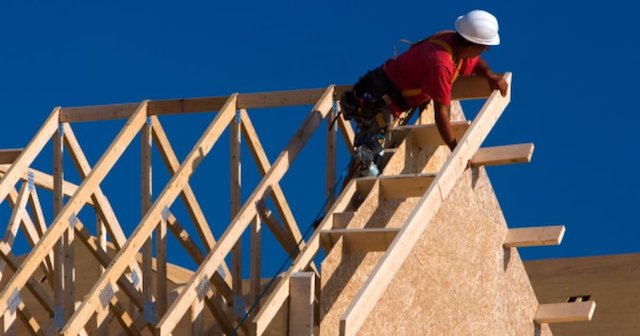
From the Fraser Institute
By Tegan Hill and Austin Thompson
In 2024, construction started on 47,827 housing units—the most since 48,336 units in 2007 when population growth was less than half of what it was in 2024.
Alberta has long been viewed as an oasis in Canada’s overheated housing market—a refuge for Canadians priced out of high-cost centres such as Vancouver and Toronto. But the oasis is starting to dry up. House prices and rents in the province have spiked by about one-third since the start of the pandemic. According to a recent Maru poll, more than 70 per cent of Calgarians and Edmontonians doubt they will ever be able to afford a home in their city. Which raises the question: how much longer can this go on?
Alberta’s housing affordability problem reflects a simple reality—not enough homes have been built to accommodate the province’s growing population. The result? More Albertans competing for the same homes and rental units, pushing prices higher.
Population growth has always been volatile in Alberta, but the recent surge, fuelled by record levels of immigration, is unprecedented. Alberta has set new population growth records every year since 2022, culminating in the largest-ever increase of 186,704 new residents in 2024—nearly 70 per cent more than the largest pre-pandemic increase in 2013.
Homebuilding has increased, but not enough to keep pace with the rise in population. In 2024, construction started on 47,827 housing units—the most since 48,336 units in 2007 when population growth was less than half of what it was in 2024.
Moreover, from 1972 to 2019, Alberta added 2.1 new residents (on average) for every housing unit started compared to 3.9 new residents for every housing unit started in 2024. Put differently, today nearly twice as many new residents are potentially competing for each new home compared to historical norms.
While Alberta attracts more Canadians from other provinces than any other province, federal immigration and residency policies drive Alberta’s population growth. So while the provincial government has little control over its population growth, provincial and municipal governments can affect the pace of homebuilding.
For example, recent provincial amendments to the city charters in Calgary and Edmonton have helped standardize building codes, which should minimize cost and complexity for builders who operate across different jurisdictions. Municipal zoning reforms in Calgary, Edmonton and Red Deer have made it easier to build higher-density housing, and Lethbridge and Medicine Hat may soon follow suit. These changes should make it easier and faster to build homes, helping Alberta maintain some of the least restrictive building rules and quickest approval timelines in Canada.
There is, however, room for improvement. Policymakers at both the provincial and municipal level should streamline rules for building, reduce regulatory uncertainty and development costs, and shorten timelines for permit approvals. Calgary, for instance, imposes fees on developers to fund a wide array of public infrastructure—including roads, sewers, libraries, even buses—while Edmonton currently only imposes fees to fund the construction of new firehalls.
It’s difficult to say how long Alberta’s housing affordability woes will endure, but the situation is unlikely to improve unless homebuilding increases, spurred by government policies that facilitate more development.
-
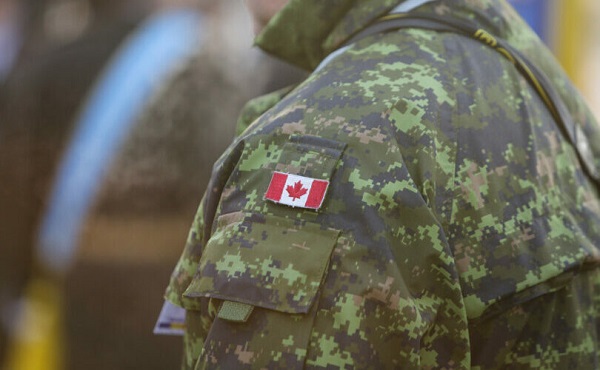
 armed forces1 day ago
armed forces1 day agoYet another struggling soldier says Veteran Affairs Canada offered him euthanasia
-
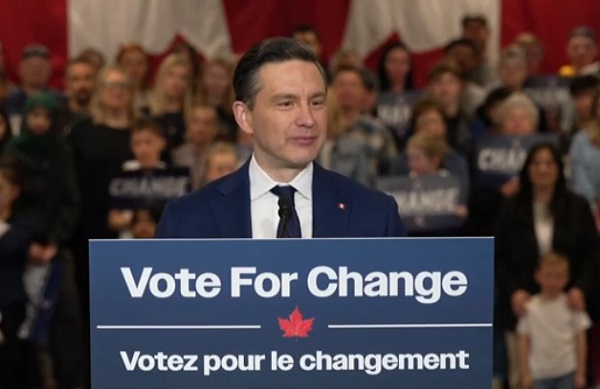
 2025 Federal Election2 days ago
2025 Federal Election2 days agoAs PM Poilievre would cancel summer holidays for MP’s so Ottawa can finally get back to work
-

 2025 Federal Election2 days ago
2025 Federal Election2 days agoPoilievre Campaigning To Build A Canadian Economic Fortress
-
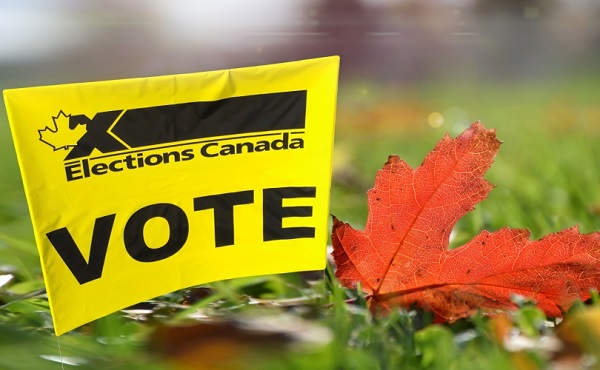
 Opinion11 hours ago
Opinion11 hours agoCanadians Must Turn Out in Historic Numbers—Following Taiwan’s Example to Defeat PRC Election Interference
-

 International19 hours ago
International19 hours agoHistory in the making? Trump, Zelensky hold meeting about Ukraine war in Vatican ahead of Francis’ funeral
-

 2025 Federal Election2 days ago
2025 Federal Election2 days agoThe Cost of Underselling Canadian Oil and Gas to the USA
-
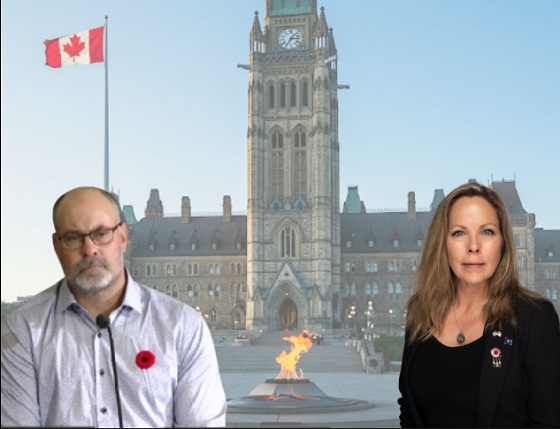
 C2C Journal15 hours ago
C2C Journal15 hours ago“Freedom of Expression Should Win Every Time”: In Conversation with Freedom Convoy Trial Lawyer Lawrence Greenspon
-

 Business19 hours ago
Business19 hours agoIt Took Trump To Get Canada Serious About Free Trade With Itself



